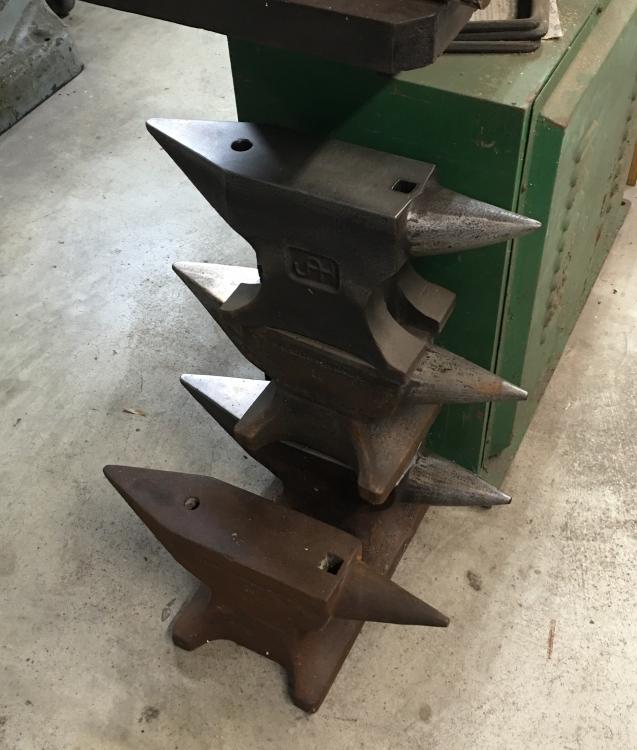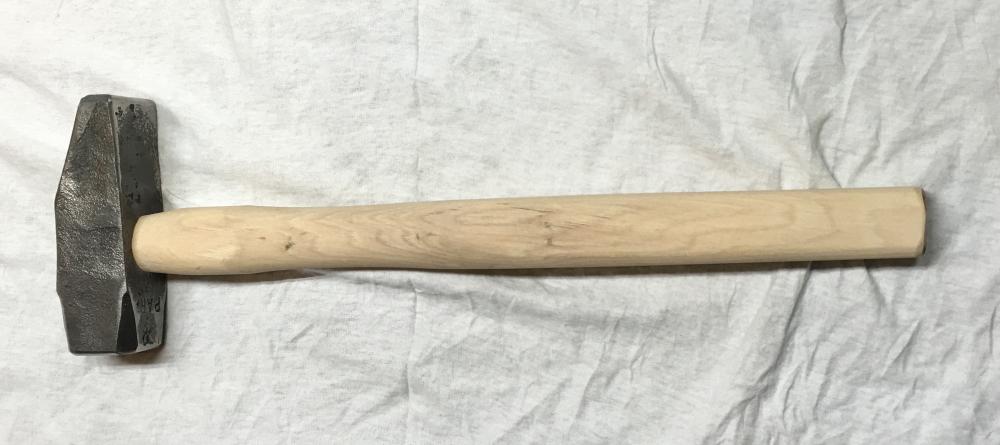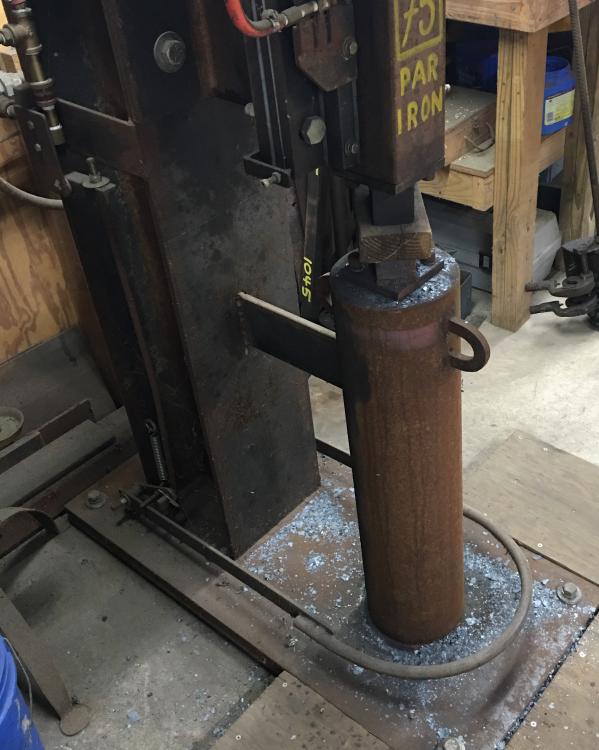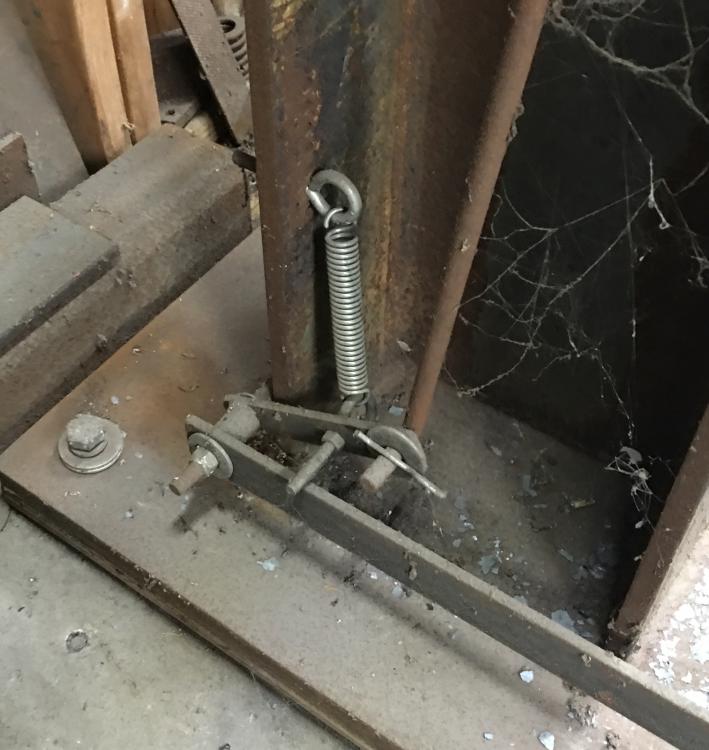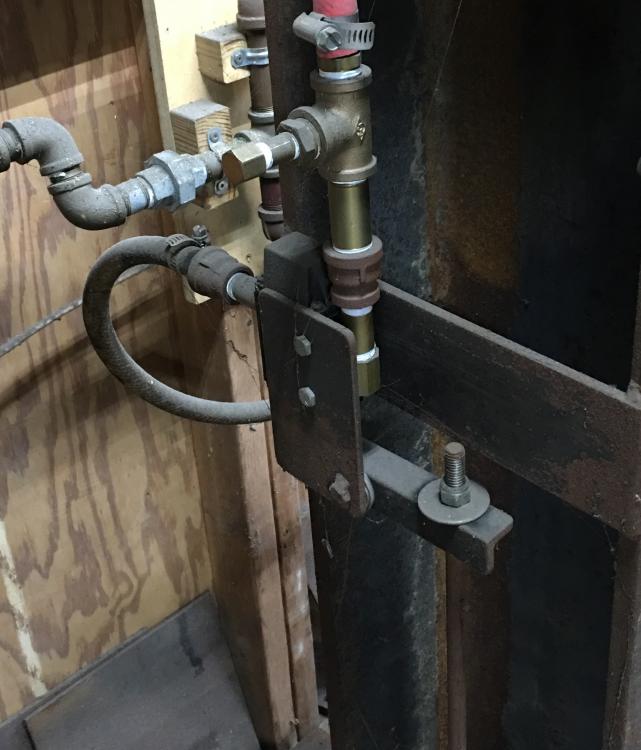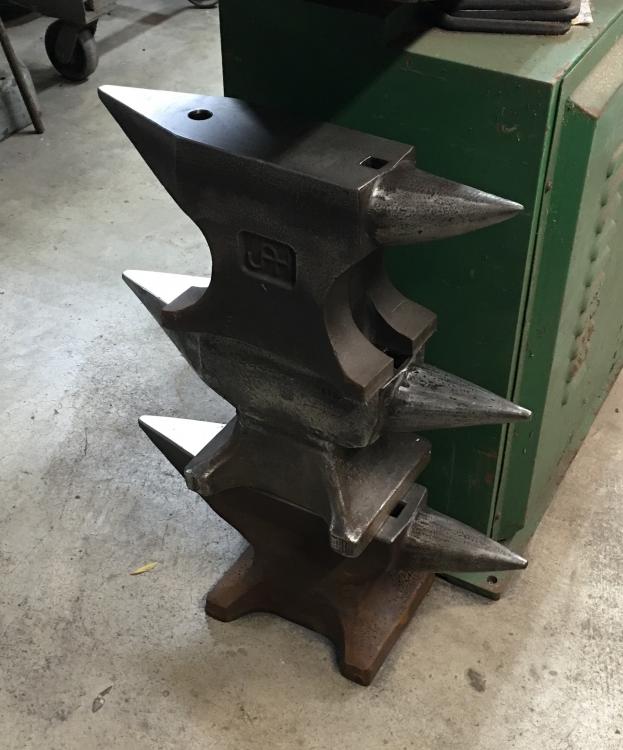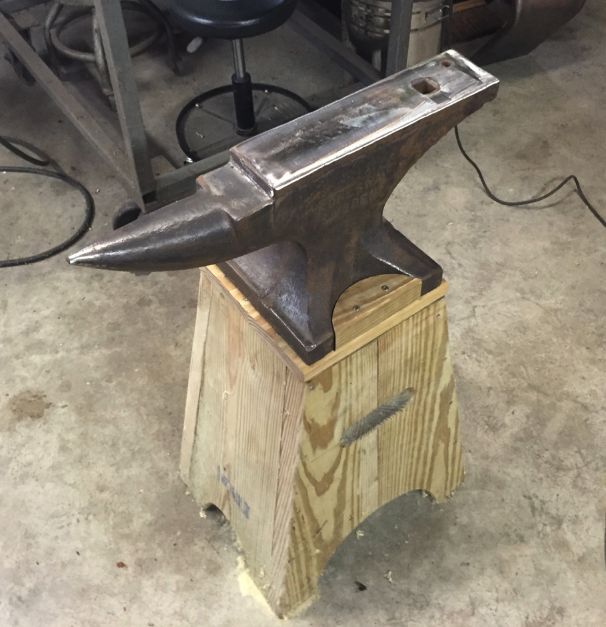
Big-D
Members-
Posts
62 -
Joined
-
Last visited
Content Type
Profiles
Forums
Articles
Gallery
Downloads
Events
Everything posted by Big-D
-
-
I had the exact same problem a number of years ago (actually, it was quite a number of years ago, about 1980). I'd only paid $45 for the Champion 400. I took the shaft and the "bits" of the bearing cone to a machine shop. They could readily make it, but wanted $125 (at that time). Considering I'd paid less than half of that for the blower, I didn't get them to make it. I sold the blower to a friend that had a 400 as well, for $25, and looked for and bought another blower. So, you can certainly get one made, the question is, "is it worth it?". If you want a blower that will not give you problems, and doesn't have hard to replace parts, get a Caneday Otto (sp?) blower, they have bushings, not bearings.
-
Is a $140 hammer really that much better than a $40 hammer?
Big-D replied to Pancho07's topic in Hand Hammers
For about $140 you could buy 6 feet of 1-1/2" square 1045 (makes a great hammer, not overly hard, but I'd rather have a hammer that's not harder than the face of my anvil), and make about 14 hammers! -
Foot pedal designs for air hammer?
Big-D replied to AdamG's topic in Power Hammers, Treadle Hammers, Olivers
The foot treadle with the ball valve works great. I've built 4 of these hammers and have used that system on all of them. With the store bought pneumatic foot control, I found it hard to get my foot in just the right place, I had to "hunt for it". You have more than enough control with this set up. It's easy to build and probably less expensive than the store bought foot control. -
-
Says here they are still made in Germany: http://www.blacksmithsdepot.com/peddinghaus-anvils.html
-
All of the sides are 2X12 pressure treated lumber. The front and back are edge glued with West Systems epoxy, VERY STRONG! No board behind the two with the handle hole.
-
Sorry for the double post. Actually, it's not loud at all. When you hold the feet tight it tends to dampen the sound.
-
-
Here's a cute little 103# pre-WWII Kohlswa I picked up for a portable anvil.
-
My orange tabby tomcat would rather drink out of the slacktub than his water bowl. He has the shop "well marked".
-
I only use two hammers for forging. This one I made, and one of the Swedish hammers I re-forged. The peins are way too "sharp" on most store bought hammers.
-
I prefer actual wrought iron to the pure iron that was available a number of years ago. I asked one of the foremost colonial smiths about pure iron when it was available. He said he liked the way it looked in a finished product, but it didn't have any structural integrity due to it's composition. I really like the wrought available from these folks: http://www.oldglobewood.com/real-wrought-iron-rods.html It's at least double refined, and maybe triple refined.
-
kohlswa anvil is it worth it
Big-D replied to Damion78's topic in Anvils, Swage Blocks, and Mandrels
Seems a little pricey to me considering the edges. I personally don't like "working around" chipped edges. -
500lbs of coal soaked by rain...
Big-D replied to MattBrooks's topic in Blacksmithing, General Discussion
Always save some coke from your previous forging session. If your forge is outside, you might want to put it in a metal bucket and put it under cover. I never light "green" coal anyway, too smokey. -
I have a severe problem here in coastal South Carolina with hammer handles staying tight. In the summer it's really humid and in the winter it's a bit dryer. I now epoxy the handles in the heads. I get the handle fit right, get my epoxy mixed up and put on the end of the handle and in the eye of the hammer head, drive the handle in tight, drive the wooden wedge in, drive the metal wedge(s) in perpindicular, and wipe off the excess epoxy. This isn't a permanent fix however. At some point generally after 2-3 years the epoxy lets go.
-
The 164 CFM blower at Blacksmith's Depot is a good one, and not too expensive: http://www.blacksmithsdepot.com/products/forge-fan-fuel/blowers/forge-blowers.html
-
The Centaur Vulcan is a direct replacement for the Buffalo firepot and costs $300: http://www.centaurforge.com/Centaur-Vulcan-Firepot-with-Dumping-Ashgate/productinfo/VD/ Neither the pans nor the firepots of those forges are designed to be lined with firebrick or fireclay, they are meant to be used as is. It's the goofy little rivet and farmer's forges without a firepot that are meant to be lined.
-
Lightning Strike On An Anvil
Big-D replied to Ferrous Beuler's topic in Anvils, Swage Blocks, and Mandrels
My 93 year old dad has been stuck by lightning twice, shot down by the Nazi's, spent time in a POW camp, and had a 6" (150mm) pecan limb fall on his head. I'm sure the anvil would be all right. -
Power hammer foundation or base
Big-D replied to MadebytheForge's topic in Power Hammers, Treadle Hammers, Olivers
I have a 34KG air hammer. It's sitting on a 20mm plywood board, which is sitting on a 10mm piece of rubber.- 13 replies
-
- power hammer
- foundation
-
(and 2 more)
Tagged with:
-
I'm pretty sure that all cast tool steel anvils have a hardened and tempered horn, no matter if it's a Refflinghaus, Kohlswa, or one of the Czech anvils sold by various companies. They harden and temper them upside down, from the face up. They do not isolate the horn when they do that. I'm sure this is true of today's forged anvils as well.
-
Here's my new portable anvil, a 1-1-10 (150#) Peter Wright: It's true, anvils do fall from the sky. I think this is the third anvil that's almost hit me in the head in the past six months, the other two were a ~100# Kohlswa and a ~80# Arm and Hammer (NOT a Vulcan!!!). I don't get it when folks say they have trouble finding an anvil.
-
Centaur Forge vs Quick and Dirty Tongs
Big-D replied to Gehljoe's topic in Tools, general discussion
You know, if you are blackmithing as a hobby, why don't you just make your tongs? I love making tongs personally. Everytime I'm able to attend our guild meetings, I make one or two pairs of tongs for Iron In The Hat. They always get a lot of tickets in the cup. ABANA has a two part series by Jay Close on forging tongs here: http://www.abana.org/downloads/controlled_hand_forging/CHF_22_part1.pdf And here: http://www.abana.org/downloads/controlled_hand_forging/CHF_22_part2.pdf -
Real Blacksmiths Don't Wear Gloves?
Big-D replied to DigitalMechanic's topic in Blacksmithing, General Discussion
The lack of feeling isn't just in the finger tips, it's the palm of the hand as well. I just don't personally see the need of gloves in general forging. Have I burned my hands before? Sure. I also learned my lessons. -
Real Blacksmiths Don't Wear Gloves?
Big-D replied to DigitalMechanic's topic in Blacksmithing, General Discussion
Having worked at the blacksmith shop in Colonial Williamsburg I don't generally wear gloves, they were not worn in the 18th century in blacksmith shops. I personally don't like the lack of feeling between my hand and the hammer with a glove on, just doesn't feel right. The other thing I don't like about gloves is that if a piece of hot scale gets down your glove, it stays there. Without the glove it just falls off. I do occasionlly wear gloves if I'm forging something really big under the power hammer, just for a bit of extra grip.
